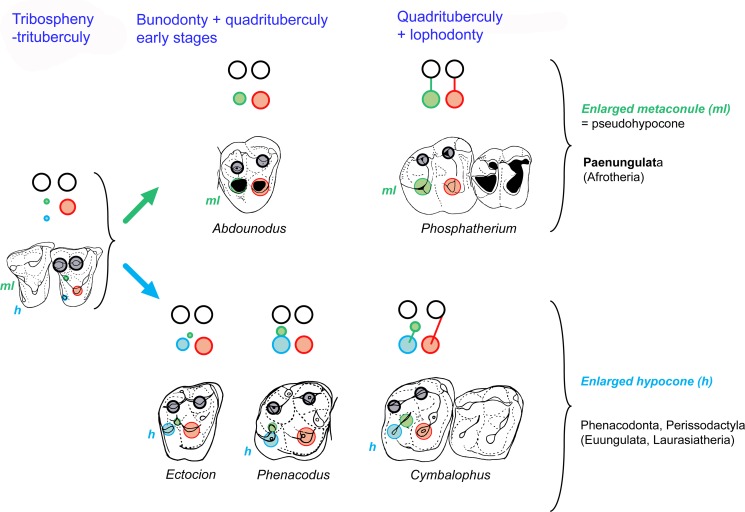Fig 9. Convergence of lophodonty in Paenungulata (Afrotheria) and Perissodactyla (Euungulata, Laurasiatheria).
The fourth upper molar cusp (postero-lingual cusp bearing the metaloph) is not homologous in Paenungulata and Perissodactyla: it is issued from a modified metaconule (pseudohypocone) in Paenungulata (Phosphatherium here) and from the true cingular hypocone in the Perissodactyla (Cymbalophus here) and early lophodont euungulates such as the Anthracobunidae (not shown here). Stem groups illustrating early stages of the evolution of the lophodonty remain poorly known in Euungulata, being represented mainly by phenacodontids such as Ectocion and Phenacodus that have a large hypocone. The stem paenungulates Ocepeia (not shown here) and Abdounodus are the first fossil taxa documenting intermediate morphological stages between the primitive tritubercular molar pattern and the derived quadritubercular and bilophodont molar pattern of the crown Paenungulata (here represented by Phosphatherium). Symbols of dental structures: Black circles: paracone and metacone, green circle: metaconule; blue circle: hypocone; red circle: protocone; transverse lines: proto- and metaloph. Occlusal sketch of teeth, all figured as right teeth.

